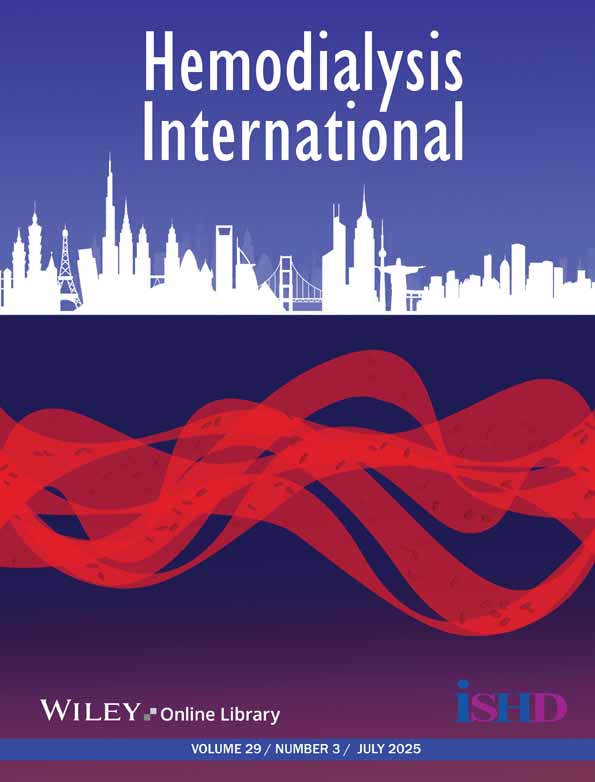Oral Sodium Bicarbonate vs. Use of Higher Dialysate Bicarbonate in Hemodialysis Patients With Metabolic Acidosis: A Randomized Controlled Trial
Funding: The authors received no specific funding for this work.
ABSTRACT
Introduction
The optimal strategy for correcting metabolic acidosis and maintaining acid–base balance in hemodialysis patients remains unclear. This study aimed to evaluate and compare the effects of oral bicarbonate administration vs. increased dialysate bicarbonate concentration on predialysis serum bicarbonate levels in hemodialysis patients with metabolic acidosis.
Methods
This was a single-center, open-label, randomized controlled trial. Adult hemodialysis patients with metabolic acidosis (serum bicarbonate < 22 mmol/L) were randomly assigned in a 1:1:1 ratio to one of three treatment groups for 16 weeks: (1) standard dialysate (32 mM bicarbonate plus 3 mM acetate), (2) increased dialysate bicarbonate (34 mM bicarbonate plus 3 mM acetate), or (3) standard dialysate with daily oral sodium bicarbonate supplementation (0.3–0.5 mmol/kg). Of the 75 eligible participants, 66 completed the study. The primary outcome was the difference in predialysis serum bicarbonate levels between the groups at 16 weeks.
Results
Baseline predialysis serum bicarbonate levels averaged approximately 19.5 mmol/L across all three groups. At 16 weeks, there was no statistically significant difference in predialysis serum bicarbonate levels among the groups (p = 0.701). The mean levels were 20.1 (SD 2.16) mmol/L in the standard dialysate group, 20.5 (SD 2.04) mmol/L in the increased dialysate bicarbonate group, and 20.8 (SD 2.61) mmol/L in the oral supplementation group. Compared to baseline, predialysis bicarbonate levels significantly increased within the increased dialysate bicarbonate group (p = 0.010) and the oral supplementation group (p = 0.021), but not in the control (standard dialysate, no oral supplementation) group.
Conclusion
Oral or dialytic bicarbonate supplementation at the doses used in this study demonstrated equivalent effects on predialysis serum bicarbonate concentrations in acidotic hemodialysis patients. However, the amount of supplemental bicarbonate administered via either route was insufficient to achieve the target correction of acidosis (e.g., predialysis serum bicarbonate ≥ 22 mmol/L).
Conflicts of Interest
The authors declare no conflicts of interest.
Open Research
Data Availability Statement
The data that support the findings of this study are available on request from the corresponding author. The data are not publicly available due to privacy or ethical restrictions.




